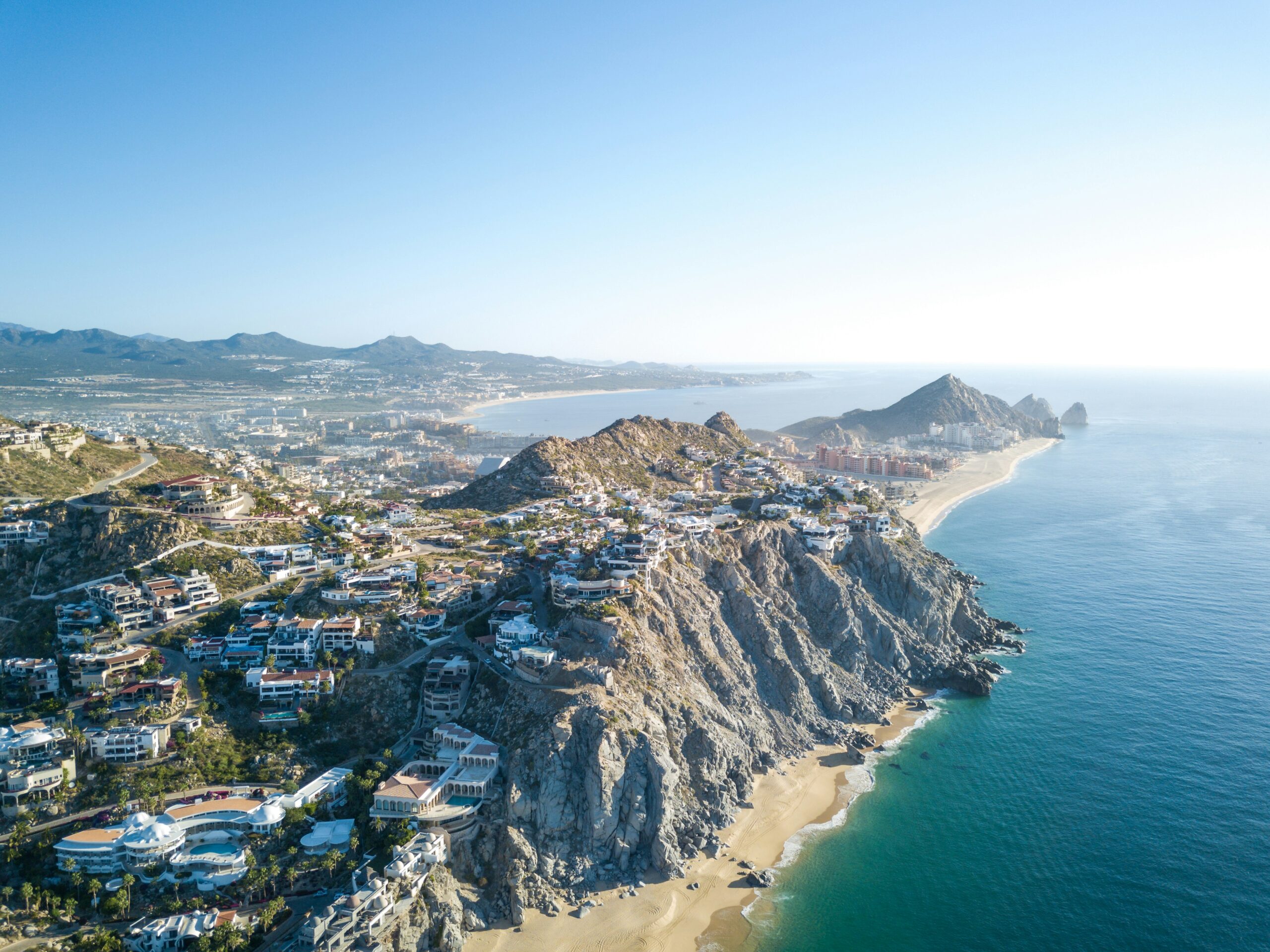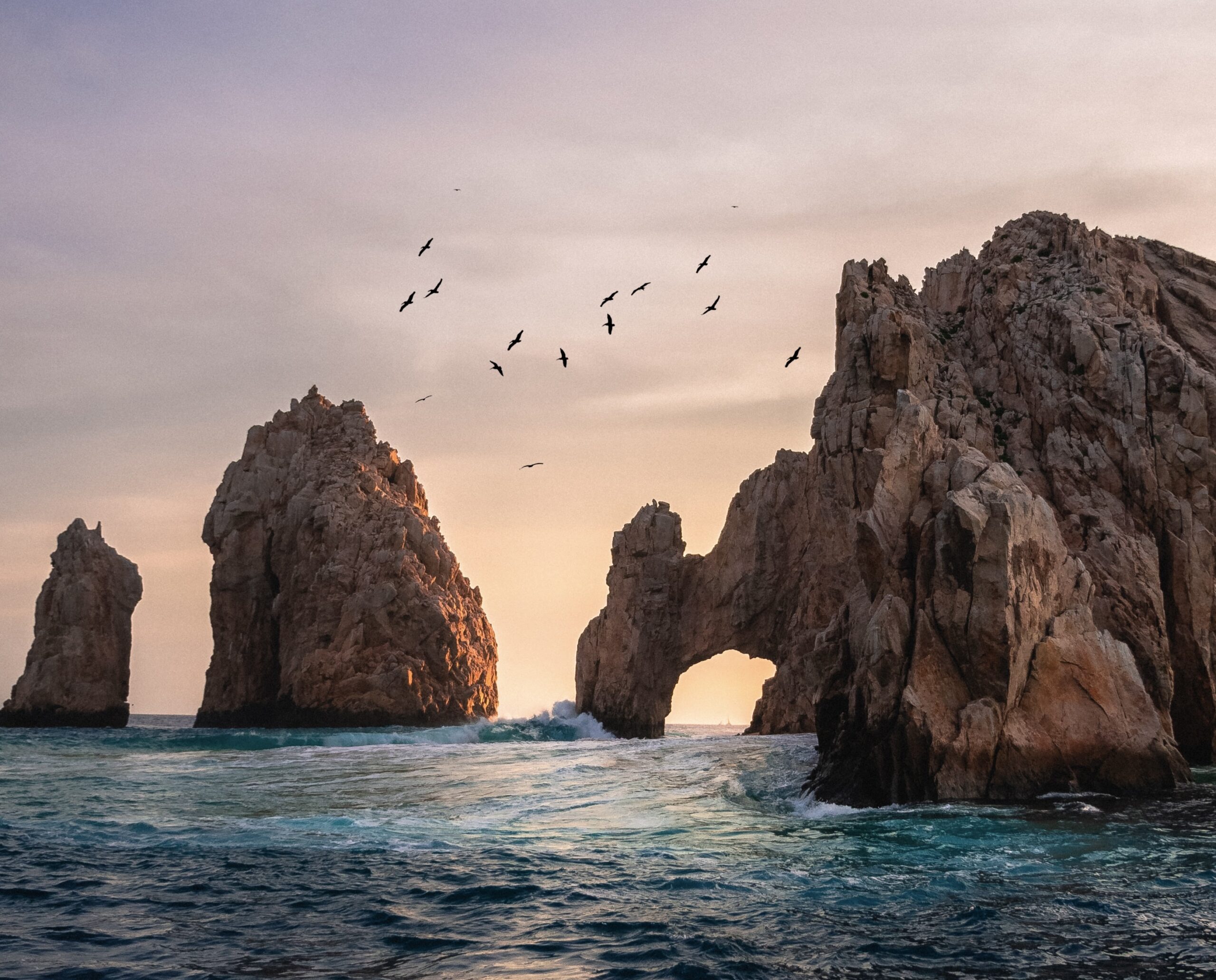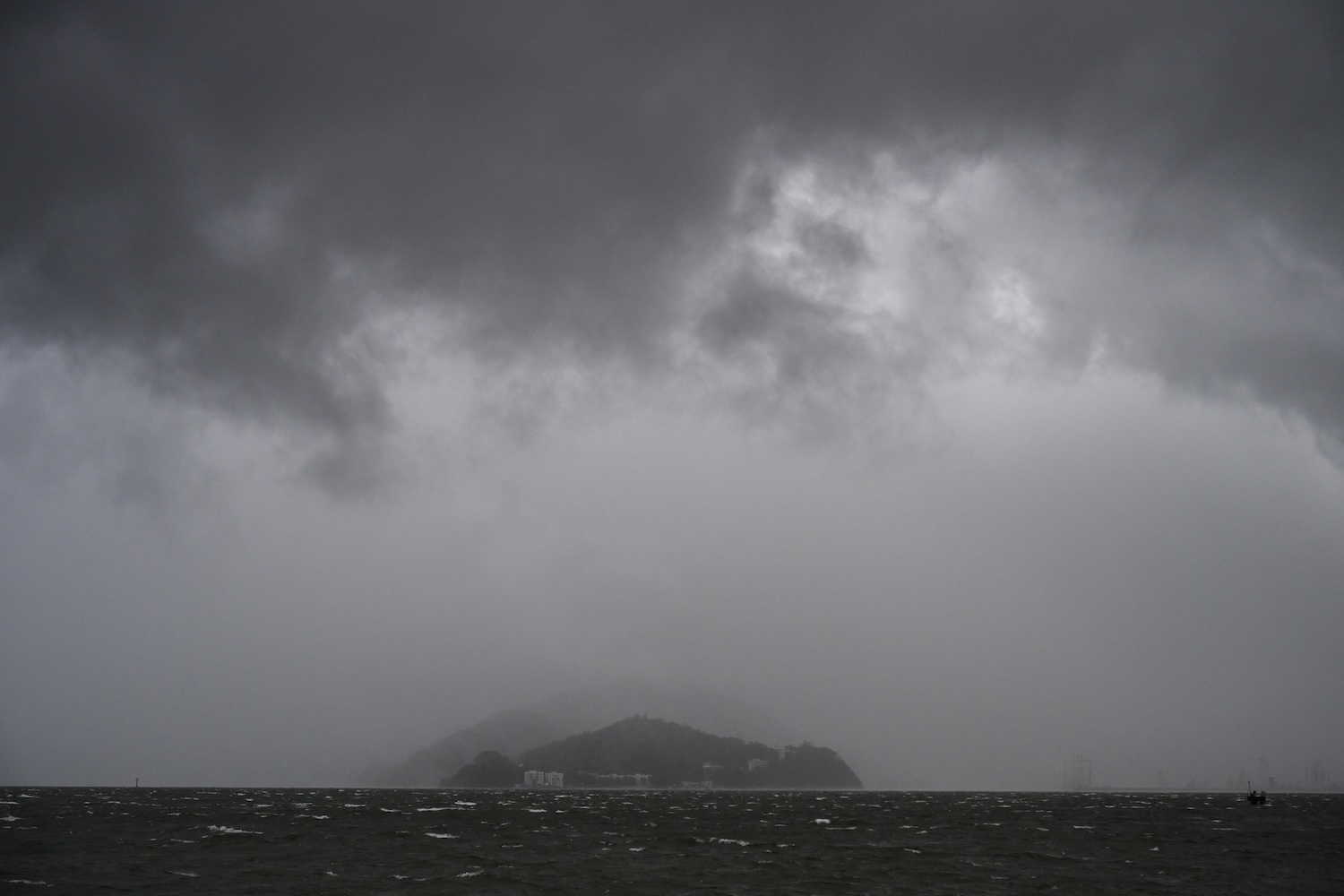Cabo San Lucas is a southern resort city of Mexico and a picturesque paradise. The city is located in Baja California Sur, which is a Mexican state that parallels the San Diego border. It’s a popular resort, having welcomed 2.13 million visitors from the U.S. in 2022. But is Cabo San Lucas safe to travel to?
While the landscape offers great views to travelers, the Cabo locals keep people coming back to the city. Repeat visitors commonly express that Cabo is an extremely welcoming destination and locals are friendly with tourists. All of this makes Cabo an exciting vacation destination, but travelers still want to ensure their safety while traveling abroad. Here is the breakdown on Cabo’s safety level and travel tips.
Best Travel Advisories

Staying informed is an integral part of safe travel. Utilizing resources that provide the most up to date information on travel destinations can help tourists feel more comfortable as they plan trips in unfamiliar places. Here are the top platforms that travelers should use to learn more about the safety levels of potential travel destinations.
For citizens of the United States, the U.S. Department of State’s website is a great resource. Its regularly updated travel advisory provides travelers with the most important information that pertains to their safety while abroad. The Department of State even categorizes destinations by safety level and provides details as to why the location has been labeled with a certain level. Cabo San Lucas, for example, is technically a level two destination since it is within the Baja California Sur state. Level two destinations mean that travelers should exercise increased caution when traveling. Although this safety assessment may raise a brow for travelers, it is important to note that this is a general categorization for the area.
For travelers that want to look out for their health safety, there are other reputable resources. The Centers for Disease Control and Prevention (CDC) has a traveler’s health page which delves into specific destinations. Travelers will find detailed health reports and travel health notices. The medicines, preventable illnesses, environmental threats and even specific tips on how to stay healthy while in certain countries are available for tourists.
Is Cabo Safe for Tourists and Solo Travelers?

The peninsula extends down from California and is covered with gorgeous mountains. Cabo borders the Pacific Ocean and the Sea of Cortez, so the beach views are incredible. Playa Medano and Playa del Amor are the most popular shores due to their crystalline waters and are great places to visit while in Cabo. Most travelers are attracted to Cabo for its beautiful beaches and stunning rolling hills.
Since Cabo San Lucas is a generally safe place to visit, tourists are usually comfortable traveling there. But tourists should always exercise a baseline amount of caution while abroad. As a metropolitan city, Cabo does experience some crime, but tourists seldom experience it or are targeted while vacationing. The low crime rate of Cabo and the safety precautions that the city has taken to secure both residents and tourists is a big reason why it sees so many travelers per year. Tourism is so popular that officials have extensively invested in making it a safe haven for travelers of all kinds. Tourists explore Cabo free of concern for their safety all year round. The majority of travelers do not have any trouble while in Cabo San Lucas and it even is a great destination for solo travel.
How to Stay Safe in Cabo

Travelers should exercise a regular degree of caution when traveling to Cabo. As a general rule of thumb, while traveling abroad, travelers should stay alert while out in both crowded or more remote areas. This practice helps minimize the chances of travelers being targeted or put into dangerous situations. Travelers should also avoid being out alone at night. Although English is commonly spoken in Cabo, it may be beneficial to learn the local language and learn a few common Spanish phrases. Being fluent in Spanish is not a requirement to enjoy a trip to Cabo, but it may enrich the experience and help with navigating the area.
Swimming safety is important on Cabo beaches. This area has some strong waters that can be overwhelming. With occasional strong undertow, riptides and waves, Cabo San Lucas is a place even avid swimmers should be cautious about. While these places offer the safest beaches for tourists, travelers should still research which beaches are considered unswimmable.
Riptides, which are powerful and quick water currents that move from the shore to the ocean, are the number one concern at some Cabo beaches (and beaches worldwide). Cabo presents a unique challenge for swimmers and beach goers because of the steep slopes that are present at some of its shores. Swimmers can get swept out to sea by rip tides and find it difficult to find their way back due to the combination of rip tides and sudden inclines on the shore.
Aquatic life is also a concern for those that consider themselves casual swimmers. The Baja California area is home to a diverse range of marine life, which can threaten the safety of travelers. Creatures like jellyfish, sea urchins and even coral can lead to injuries while in shallow water. Swimmers should avoid shallow areas or wear protective gear to minimize the possibility of getting stunk or pricked. Since not all Cabo beaches have lifeguards, travelers should stay alert and watch out for their safety so they can enjoy their beach visit to the fullest.
The best way for swimmers to protect themselves is to look for beach safety flags on site. Black flags signify the most dangerous conditions while red means danger, yellow means travelers should exercise caution and green means the water is safe. Blue flags equate to the highest standard of cleanliness and swimming safety. Swimmers should stick to populated beaches or alert friends or family they are going for a swim.
Where to Stay in Cabo
Cabo is a pretty safe place, so the majority of tourist areas are great to stay in. But the most popular areas are downtown Cabo San Lucas, San José del Cabo and the marina. Of course, travelers can expect downtown Cabo to have centrally located activities. Surprisingly, downtown is also very affordable and tourists can really get a feel for the community and culture of Cabo. Authentic Mexican cuisine, traditional artisan crafted goods and popular nightlife spots are all downtown.
San José del Cabo is technically not an official neighborhood, but it is an area that many tourists enjoy staying in. This side of town is slower paced and is great for history or art lovers. The historic charm of San José del Cabo is apparent since the area has 18th century churches still standing today. But do not be mistaken, there are still luxury experiences there. Near the coast travelers can stay in all-inclusive resorts and get away from the hustle and bustle of the inner city.
The marina of Cabo is an area where plenty of fishers dream of visiting. Since the marine life is so vibrant, the marina even has whale watching cruises. The restaurants near the Cabo marina offer the freshest and most delectable seafood. Fishers can even bring their catches in to be cooked professionally. The marina even has a promenade with excellent shopping opportunities for tourists that want to walk around and explore Cabo.
Best Time to Visit Cabo
The best times to visit Cabo are centered around its weather conditions and what travelers think they can handle. The high season for Cabo is around wintertime, with temperatures around 80 degrees. Surprisingly, the off season for Cabo is around summer and fall, even though it is the most affordable time to visit and the weather is perfect for tropical vacationing. Some travelers may find the weather conditions in the summer too overwhelming, with the average temperature being over 90 degrees. Fall in Cabo does not offer much relief, with a temperature average of 92 degrees and lows of around 70 degrees in October. It is recommended that visitors come to Cabo sometime between May and June, which is ideal because winter crowds will have gone and the summer storms have not hit yet. Around November, the prices for accommodations increase and the winter crowd trickles into the area.
For adventurous travelers, the best time to visit can vary. If interested in swimming or aquatic activities, the Pacific hurricane season runs from mid May to November. This time period is when the area will experience the most tropical storms. So, the late summer or fall is ideal for those that want to avoid dangerous water conditions.
People Also Ask
Why is Cabo San Lucas so popular? Cabo is a popular tourist destination for an array of reasons, including its stunning beaches and luxury accommodation options.
Can you safely swim in the ocean in Cabo? Yes, tourists can swim in the waters of Cabo beaches. Some beaches are not intended for swimming though, so tourists should research the most swimmable beaches.





